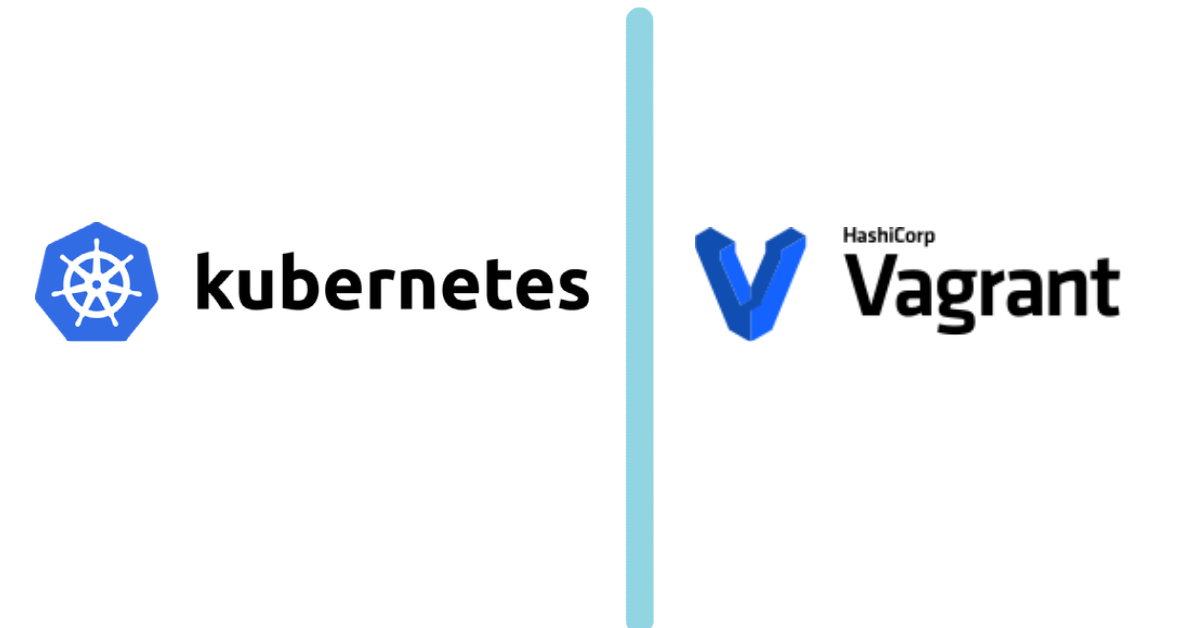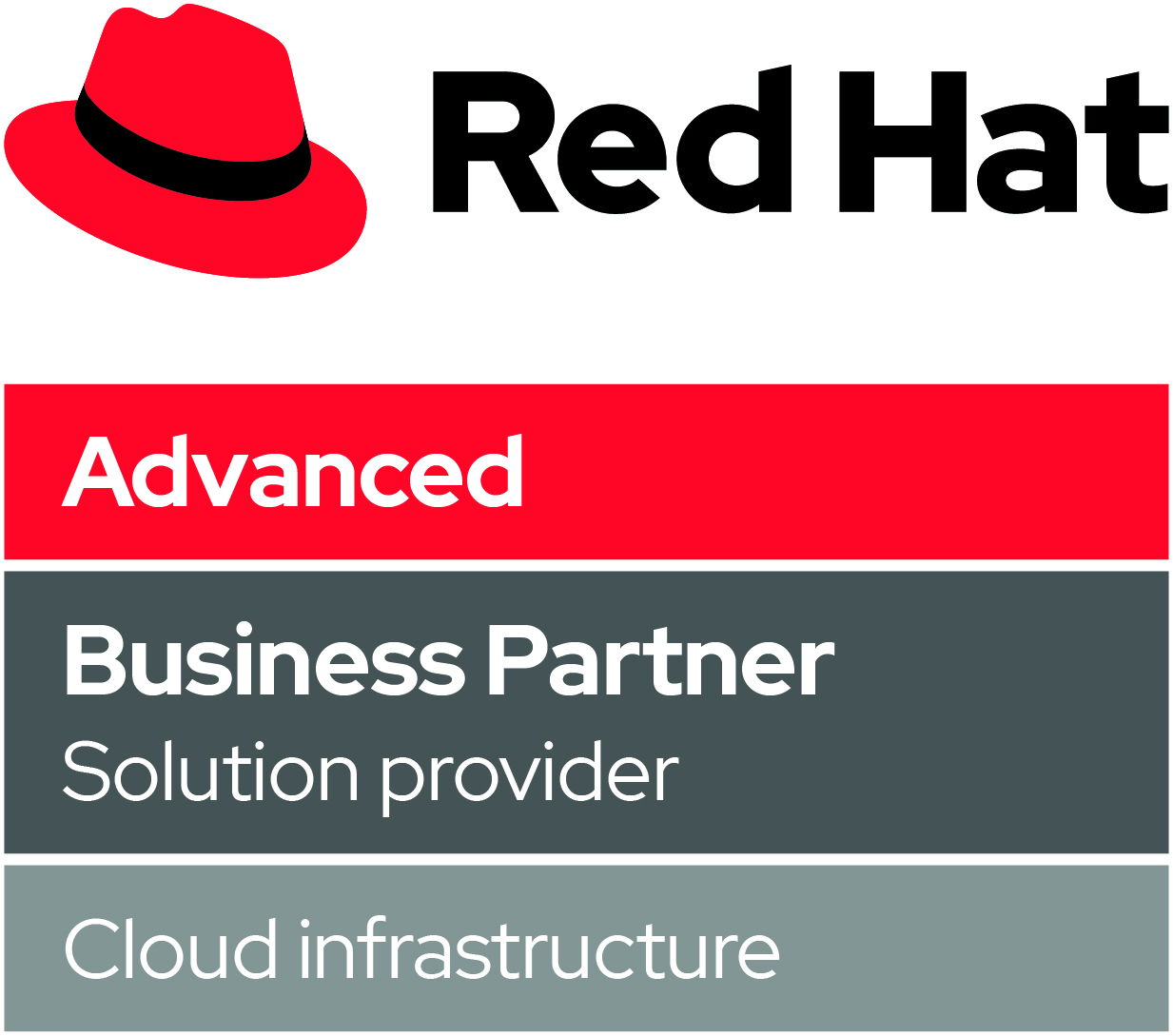If you are new to the world of DevOps, you might have heard of Kubernetes and Vagrant, and you might even know they are different. However, if you are a beginner, this is probably all you know about the two tools. This article aims to explain provide insights on both Kubernetes and Vagrant, focusing on their differences and how they are used.
These days everyone seems to be on board with the idea of containerisation. There is still a lot of confusion about what a container is. If you think you know what a container is but aren’t sure, this article is for you. We will discuss the differences between a virtual machine and a container, the pros, and cons of container technology, and give you some background to containerisation in general.
Kubernetes

Kubernetes is an open-source platform for automating deployment, scaling, and management of containerised applications. It groups containers that make up an application into logical units for easy management and discovery. Kubernetes is an open-source system, which means anyone can use the code for free.
The industry defines this product as one that works to organise clusters of Linux containers to function solely as an acceleration device when dealing with the more essential aspects of coding such as Dev and simplify Ops.
This means that it provides you with an organised view of the nodes that you are running. It will therefore go further than other software in terms of actively managing your workload. You will find that some of the main advantages of this cluster management tool are that it is straightforward to understand.
This is not a very common thing when it comes to software of this magnitude because they are designed for experienced users. Kubernetes is beginner-friendly. It is ideal for beginners looking to build themselves up to a professional level.
It works very well for a multi-cloud world, meaning that you have users accessing information in one place. The product’s design is highly modular, allowing complete control and adapting to your needs.
Having all the components being quite easily reversible means that you can mix and match what you need and leave out what you do not.
Advantages of Using Kubernetes
- Kubernetes is open source and free.
- Kubernetes has less overhead than traditional tools.
- Kubernetes allows for efficient scaling.
- Kubernetes is easy to maintain.
- You can run Kubernetes on any machine.
- Deploy across hybrid cloud environments.
Cons
- The Docker technology went obsolete.
- You need to have knowledge of DevOps technology to operate it at all times.
Who uses Kubernetes
Some of the most famous Kubernetes users include:
Adidas, Booking.com, Bose, Huawei, IBM, Nokia, Spotify, and Squarespace.
We are managed Kubernetes Service Providers.
Vagrant

Vagrant is a tool for building and managing virtual machines. These virtual machines are typically based on Linux (as is the case with Kubernetes) and can be configured to run any software package that is appropriate for the project.
It provides a unified way of managing development environments with tools for creating, maintaining, and destroying development environments while avoiding conflicts between different projects.
HashiCorp describes Vagrant as a program that provides an “easy workflow regardless of your role as a developer, operator, or designer.” Developers will know how much more difficult and expensive it becomes to deal with a bug once a program is in its production phase.
Vagrant is built to reduce this risk by allowing users to mirror by providing the same operating system, packages, users, and configurations. All of this is done without removing access through an editor, IDE, and browser.
To simplify using data on other platforms, i.e., cloud environments, they have taken up the mantle to support big virtualisation platforms. This means that you will be able to perform tasks on any server edition that you prefer successfully.
To simplify the process, you will easily access features such as boxes and synced folders. The sync folders are pretty important because they allow the user to change information on one container and automatically adjust it to another. This is because containers often make use of data that resides in one or the other.
Key Advantages of Using Vagrant
- Vagrant is built for ease of use.
- It allows for easy implementation of continuous integration/deployment.
- Vagrant makes your entire team more effective.
- Install a new system in an hour with the help of Vagrant.
- Test code against different versions and configurations with less effort than ever before.
Vagrant Cons
- Removes access to a computer from the operating system.
- Removes access to an editor/IDE without disabling the computer.
- Vagrant creates a complete Linux environment on your computer (without creating an actual Linux distribution) that runs all software packages, even those you do not have installed.
Who uses Vagrant
Some of the most famous Vagrant users include:
Disqus, Edgecast, BBC, Expedia, Yammer, Nature.com, Mozilla, NgMoco, Tuenti, LivingSocial, O’Reilly, and Nokia.
Conclusion
In conclusion, these are both very prominent docker container management solutions. They have been designed in a user-friendly way. Kubernetes is slightly more advanced than Vagrant. The significant decisions you will make as someone who wishes to purchase either of these will be directly related to the scopes of isolation.
Some of these are separate instances, such as Vagrant; therefore, you have the option to use less powerful hardware. The more prominent companies often favour Kubernetes because it cannot run on a lower scope of isolation because of the higher security levels inbuilt into the product.
Therefore, you will have to decide whether the advantages either suit your business well or not. Both are open-source which means that they are crucial for emulating target environments and simple bootstrapping procedures.



